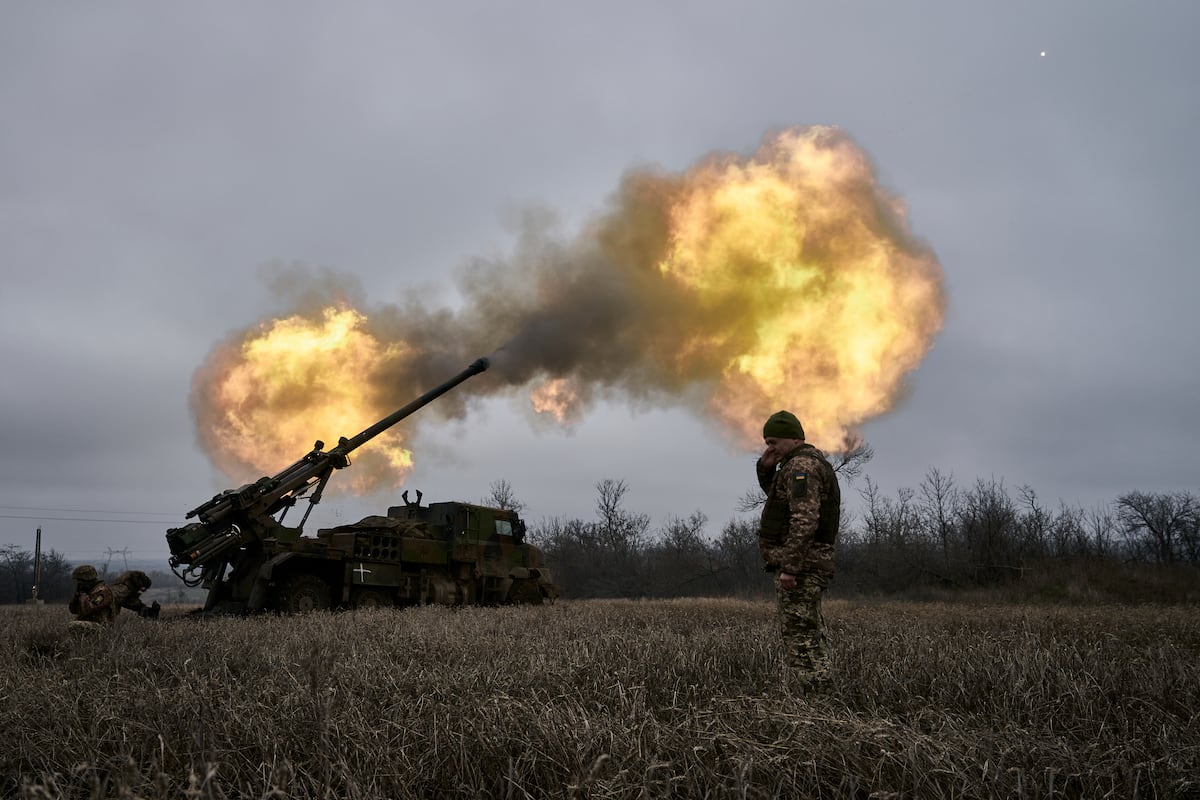NATO's Evolving Response to Ukraine's Needs
The relationship between Ukraine and its NATO allies has been marked by continuous negotiations and evolving strategies since the onset of the Russian invasion in February 2022. Despite initial reluctance to provide certain military aids to Ukraine, NATO allies have progressively lifted restrictions to prevent the escalation of conflict beyond Ukrainian borders. Key decisions, such as delivering German Leopard tanks and American F-16 fighters, have followed extensive deliberations. This week marked another significant shift: the use of NATO weapons against military targets in Russian territory.
The recent Russian offensive north of Kharkiv has underscored Ukraine's need to launch strikes across the border using NATO missiles and artillery. Amid concentrated Russian military activities in the Belgorod region, Ukraine's request to use NATO weaponry found support from France, Germany, and, eventually, the United States. President Joe Biden's secret authorization allowing US artillery, anti-aircraft systems, and Himars missiles to target Russian military sites in Kharkiv and Sumi provinces underscores the evolving US stance.
US Secretary of State Antony Blinken, during a NATO meeting in Prague, confirmed the authorization, emphasizing the need for careful yet effective measures. Blinken’s recent visit to Kyiv was pivotal, providing him with first-hand insight into Ukraine's military requirements. Despite accelerating military aid, Biden retains a restriction on the use of long-range ATACMS missiles beyond Ukraine's borders, a barrier Kyiv aims to negotiate.
The change in the US position is seen as imperative to aiding Ukraine, particularly in the northeast. According to John Herbst of the Eurasia Center of the Atlantic Council, this decision alleviates significant obstacles in Ukraine's defense efforts but falls short of sending a definitive message to the Kremlin regarding US determination.
The Continued Challenge of Russian Aggression
Every approval of Western aid to Ukraine is met with more threats from Moscow. Russian President Vladimir Putin warned on May 29 about the 'serious consequences' if NATO missiles reach Russia. Despite these threats, Ukrainian officials stress the urgent need for advanced weaponry, noting repeated delays in decisions, such as the year-long hesitation over delivering American F-16 fighters. The first set of F-16s, expected to be combat-ready by summer, arrives after significant delays.
Ukraine continually tests the boundaries set by its allies, as seen in strikes coordinated by Ukrainian intelligence using NATO weapons within Russian territory, which have caused friction among the supplying nations. Additionally, the use of a US Patriot anti-aircraft missile, supplied by Germany, to down a Russian aircraft in Belgorod highlighted the complex dynamics and precarious balancing acts between support and escalation.
The ongoing attacks on Ukrainian infrastructure further complicate the situation. In a recent overnight attack, Russian forces launched over a hundred missiles and drones at Ukrainian energy infrastructure, causing extensive damage and power outages. The strikes hit thermal power plants and critical sites in multiple regions, leading to electricity restrictions and demonstrating Moscow's strategy to exploit gaps in Ukraine's air defense and the determination of its Western allies.
Ukrainian President Volodymyr Zelensky continues to advocate for additional air defense systems and enhanced support from NATO allies. The persistent threats from Moscow and the need for constant negotiation with Western allies underline the complexity and urgency of the situation.
As Ukraine navigates its strategic alliances and military needs, the broader geopolitical implications underscore the necessity for decisive and timely actions from NATO and world leaders.
- The geopolitical landscape around the Russian-Ukraine conflict highlights the critical nature of international military support and the balancing act required to prevent further escalation. Each step taken by NATO allies reflects a careful consideration of the immediate impacts and the broader consequences for global stability.
- The ongoing discussions and evolving decisions regarding military aid to Ukraine demonstrate the dynamic and reactive nature of international diplomacy in the face of armed conflict. The implications of each decision extend beyond the battlefield, affecting international relations and the stability of global systems.
- The persistence of Ukrainian efforts to secure advanced weaponry and the continuous pressure exerted on its allies reflect the strategic calculus involved in wartime decision-making. The nuanced steps taken by countries like the US, Germany, and France highlight the complexities of supporting an ally under threat while managing the risks of broader conflict.






